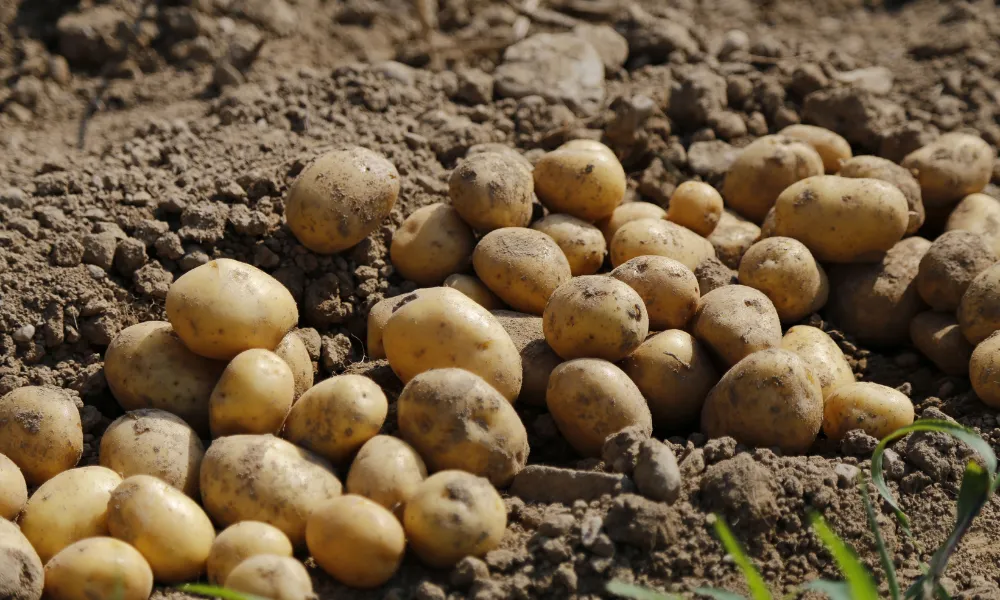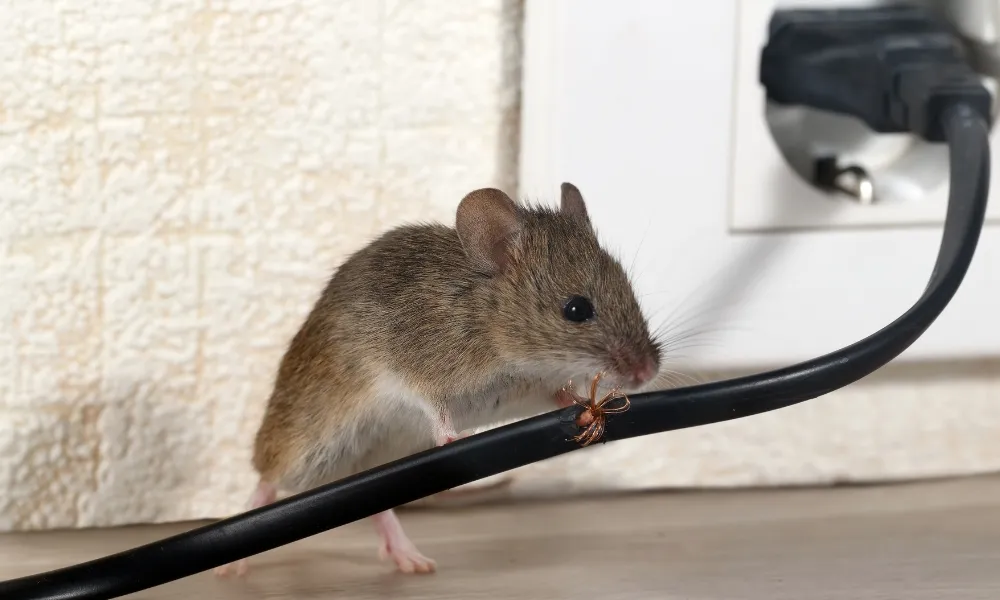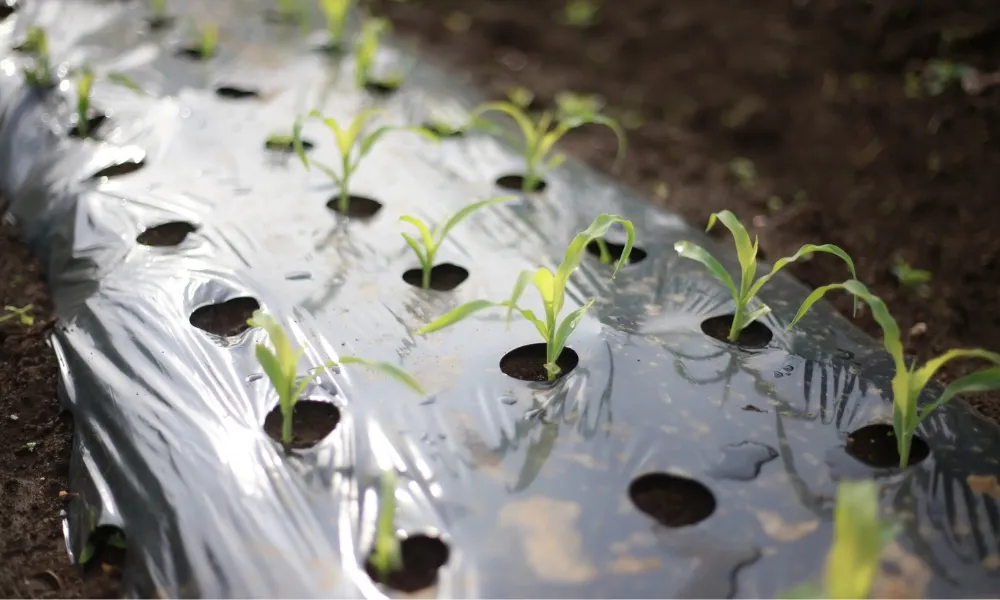
Ireland has the perfect climate for fungi, especially at this time of year. The hard frosts have lifted, the temperature is slightly rising and everything is damp. The ideal conditions for fungi to take hold. There are many different types of fungi that can damage plants one of the best known being Blight.
Blight (Phytopthora infestans)
Probably the most famous plant fungi here in Ireland. This water mould is better known as the Potato Blight however it also can infest tomato plants, or any plant from the solanum family. It has also been known to infect petunias.
Identification.
You will notice black patches appearing on the edge of the leaf to start with along with a white powdery fur at the edges of the black area. This will usually occur on the lower leaves first where it is wettest. It then will make its way to the stem and after this happens everything above the area will die.
In tomato plants, later in the season, it will present as dark, rough patches on the actual tomatoes. In potatoes, it will go down through the tubers and rot the potatoes in the ground.
Prevention.
Choose blight resistant breeds.
Blight is such a problem that we have actually purposely bred plants that are less inclined to get it. This is an excellent way to prevent future blight headaches before they even start! Some of the best known blight resistant crops are;
Tomatoes- Crimson Crush, Mountain Merit, Iron Lady, Legend Tomato, Stellar and Old Brooks.
Potatoes- Levante, Oscar, Nola, Kelly, Axona, Sarpo Mira and Connect.
Location and Spacing.
Spacing your plants well is another important factor. Plants that are too close together will not have enough air circulating around them and this is a big no no when it comes to any fungi. Try not to plant too close to a wall or hedge and leave plenty of room between rows. If you have tomatoes in a greenhouse try and open some windows and get a breeze going on the milder days.
Crop Rotation.
Try not to plant plants from the same family in the same place every year. What happens is that pests and diseases that only effect that family can be harboured in the soil and build year on year. If you have an area where you planted potatoes or tomatoes one year, plant Onions or Garlic in it this year instead. The different families are as follows;
Root Veg- Carrots, Turnips, Beetroot etc.
Onion- Garlic, Leeks, Shallots, Chives etc.
Brassicas- Broccoli, Cabbage, Brussel Sprouts etc
Solanum- Potato, Aubergine, Tomato etc.
Crop rotation is not just beneficial for avoiding diseases but also is great for the soil as different plants use more of different nutrients.
Careful Watering.
Blight is a water loving fungus. So when watering your plants try and do it carefully from the bottom of the plant and avoiding the leaves.
Mulch.
Mulch introduces nutrients to the soil and has been shown to prevent the spread of blight.
Disinfection.
If you do suspect that your crop has blight it's crucial to disinfect and tools that you have used on the plants for example any trowels or secateurs. It is very easily spread through these mediums.
Spray.
You can make your own DIY spray by adding 3 tablespoons of baking soda, 1 tablespoon of veg oil, and 1 teaspoon of dishwashing liquid to around 4 litres of water. Spray liberally on the plants about once every couple of weeks.
You can also use Bayer Potato Blight Control which can be used on tomatoes as well.
Here's hoping you have a Blight free growing season!








